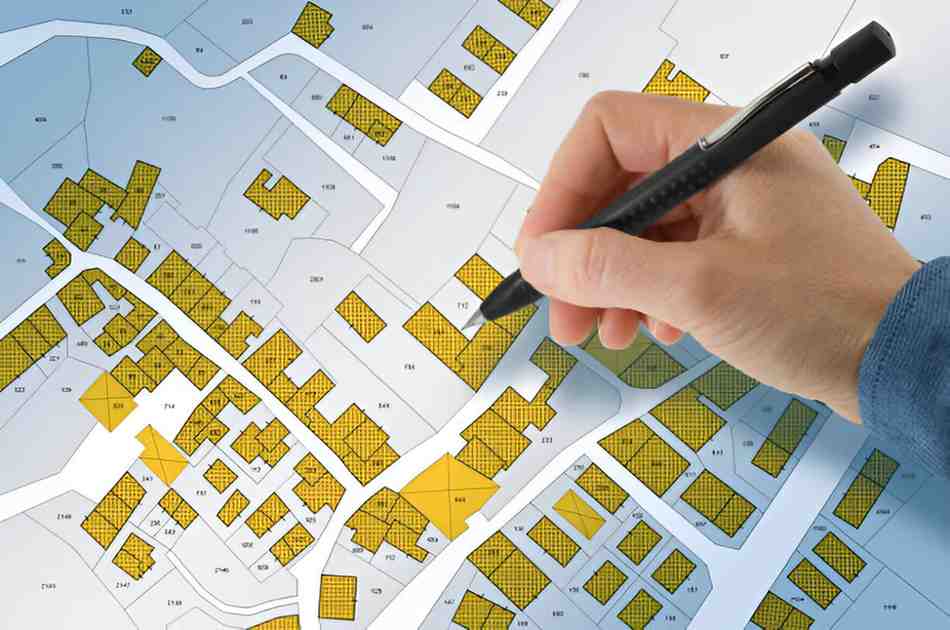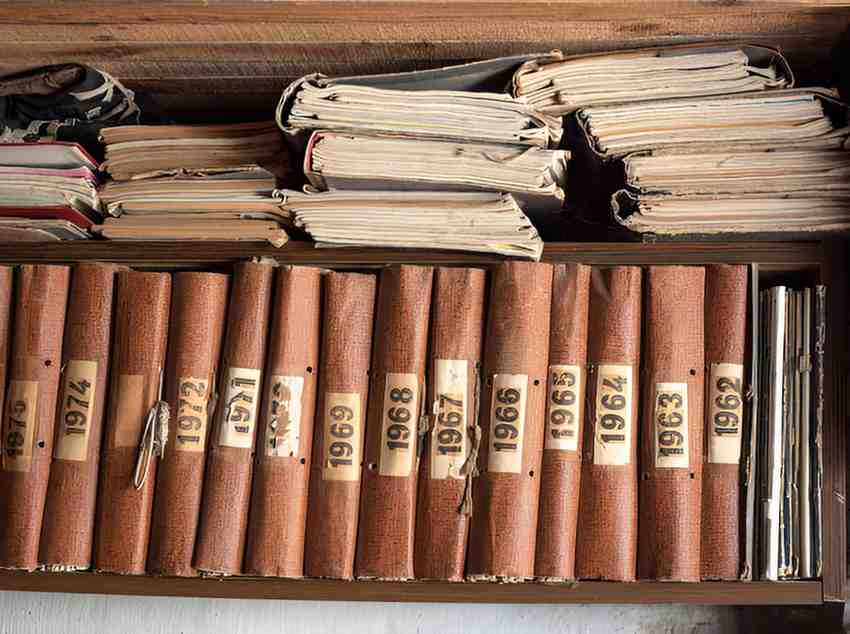Efficiency in manufacturing hinges on how well a facility organizes its workflow. One of the most effective ways to achieve this is through a well-designed product layout. Over the years, I’ve seen how different layouts impact productivity, cost, and worker satisfaction. In this article, I’ll break down what a product layout is, why it matters, and how to optimize it for maximum efficiency.
Table of Contents
What Is a Product Layout?
A product layout, also called a line layout, arranges workstations in a sequence that matches the production steps of a specific product. This setup minimizes movement, reduces handling time, and ensures a smooth flow from raw materials to finished goods. Think of an assembly line in an automobile plant—each station adds a component until the car rolls off the line.
Key Characteristics of Product Layout
- Sequential workflow: Tasks follow a predefined order.
- Specialized equipment: Machines and tools are dedicated to specific operations.
- High-volume production: Ideal for standardized products.
- Low flexibility: Changing the product design may require layout modifications.
Why Product Layout Matters
Manufacturers choose product layouts because they reduce waste and increase throughput. When I analyzed a mid-sized electronics factory, switching from a process layout to a product layout cut production time by 22%. The savings came from:
- Lower material handling costs
- Reduced work-in-process inventory
- Faster training for workers
Mathematical Insight: Production Rate
The production rate (P_r) in a product layout depends on the slowest workstation (the bottleneck). It can be calculated as:
P_r = \frac{1}{\text{Longest cycle time}}For example, if the slowest station takes 5 minutes per unit, the maximum output is:
P_r = \frac{1}{5} = 0.2 \text{ units per minute (or 12 units per hour)}Comparing Product Layout vs. Process Layout
Not all factories benefit from a product layout. Some use a process layout, where similar machines are grouped together (e.g., all drills in one area). Here’s a quick comparison:
| Factor | Product Layout | Process Layout |
|---|---|---|
| Flexibility | Low (fixed sequence) | High (varied routes) |
| Cost Efficiency | High for mass production | High for custom orders |
| Space Usage | Linear, compact | Dispersed, more floor space |
| Labor Skill | Lower (repetitive tasks) | Higher (versatile skills) |
A furniture manufacturer making identical chairs benefits from a product layout. A job shop handling custom metal parts may prefer a process layout.
Optimizing a Product Layout
1. Line Balancing
The biggest challenge is ensuring no workstation causes delays. Line balancing distributes tasks evenly. The goal is to minimize idle time.
\text{Balance Efficiency} = \frac{\sum \text{Task Times}}{(\text{Number of Workstations} \times \text{Cycle Time})} \times 100Suppose we have:
- Total task time = 45 minutes
- Cycle time = 10 minutes
- 5 workstations
Then:
A 90% efficiency means only 10% of time is wasted.
2. Reducing Bottlenecks
If one station takes 12 minutes while others take 8, the entire line slows down. Solutions include:
- Adding parallel stations
- Automating slow tasks
- Cross-training workers
3. U-Shaped Layouts
Some factories use U-shaped lines to improve communication and flexibility. Workers can assist multiple stations, reducing idle time.
Real-World Example: Automotive Assembly
Car manufacturers like Ford and Tesla rely on product layouts. Each vehicle moves through welding, painting, and assembly stations in a fixed sequence. Tesla’s Gigafactories use automated guided vehicles (AGVs) to transport parts, further optimizing flow.
Cost-Benefit Analysis
Let’s say a factory produces 1,000 units/day. Switching to a product layout:
- Reduces production time by 15%
- Cuts labor costs by $5,000/month
- Requires a $50,000 initial investment
The payback period is:
\text{Payback Period} = \frac{\text{Initial Investment}}{\text{Monthly Savings}} = \frac{50,000}{5,000} = 10 \text{ months}After 10 months, the layout pays for itself.
Challenges of Product Layouts
While efficient, product layouts have drawbacks:
- High setup costs: Reconfiguring machines is expensive.
- Vulnerability to disruptions: A breakdown at one station halts the entire line.
- Worker monotony: Repetitive tasks may lower morale.
Future Trends: Smart Manufacturing
With Industry 4.0, factories integrate IoT sensors and AI for real-time adjustments. A smart product layout might:
- Predict bottlenecks using machine learning
- Self-optimize workflows based on demand
- Use collaborative robots (cobots) for flexible assembly
Final Thoughts
A well-designed product layout can transform manufacturing efficiency. By minimizing waste, balancing workloads, and leveraging technology, businesses gain a competitive edge. However, it’s not a one-size-fits-all solution. Assess your production needs, weigh the costs, and implement changes strategically.





